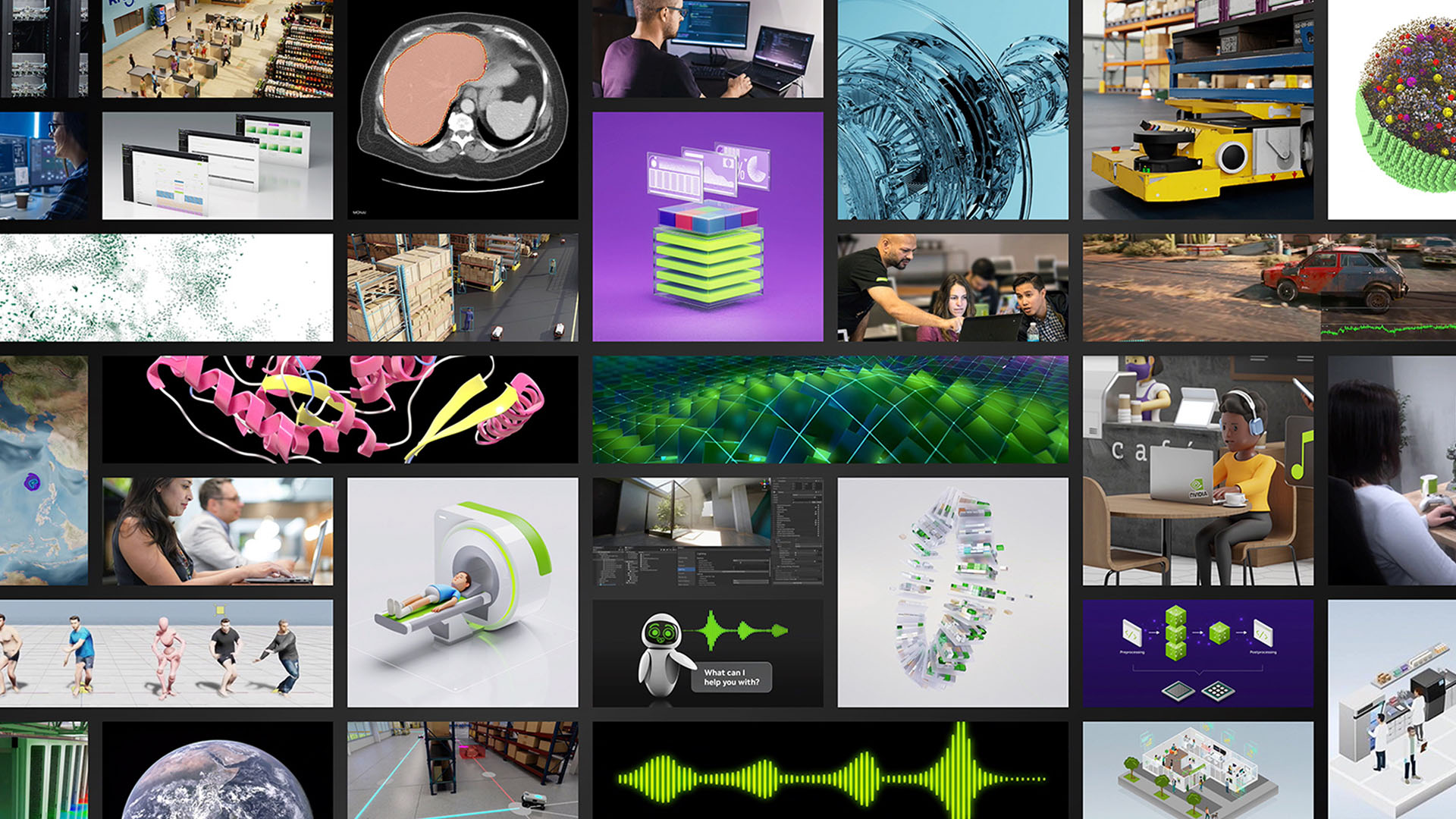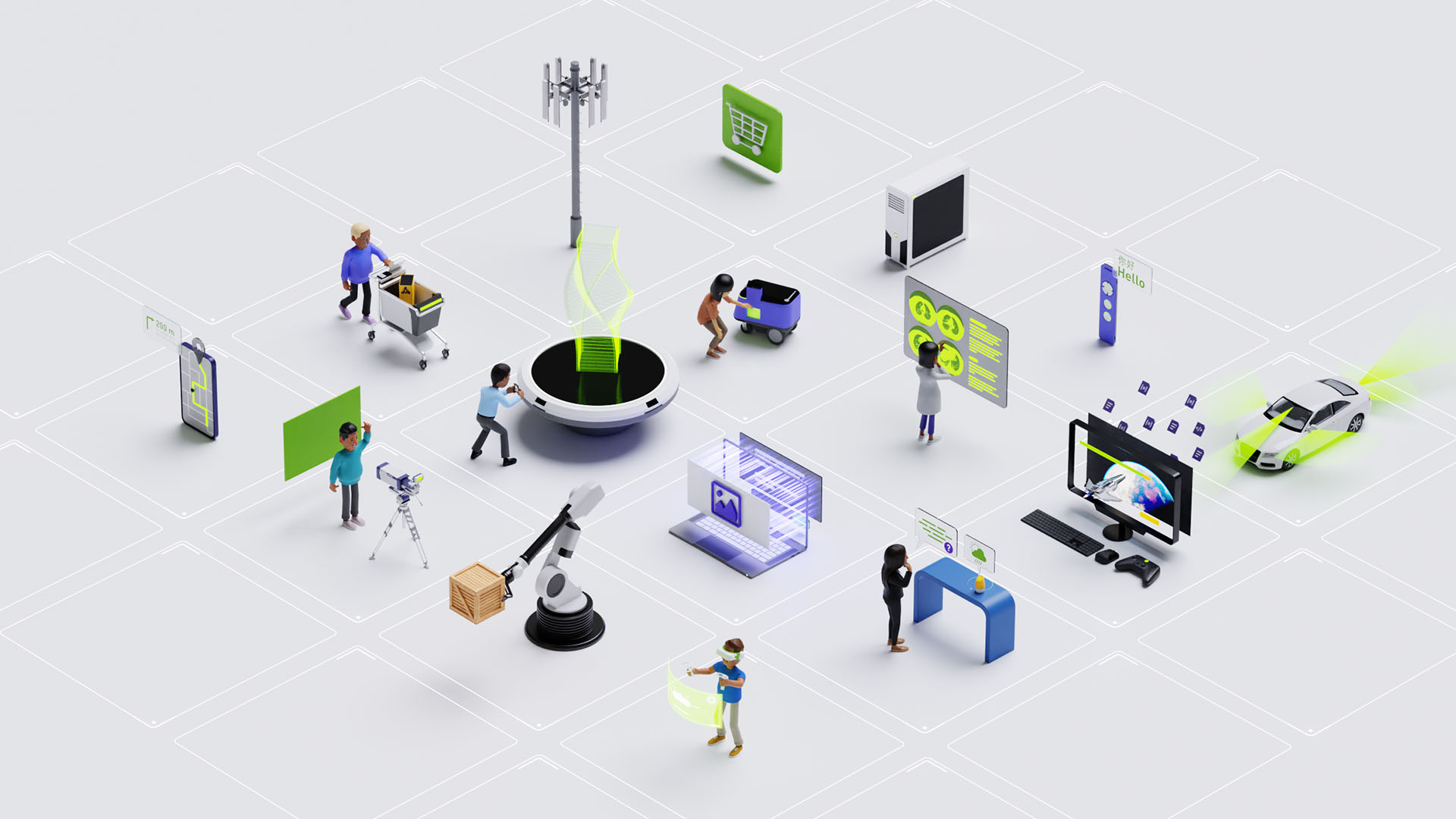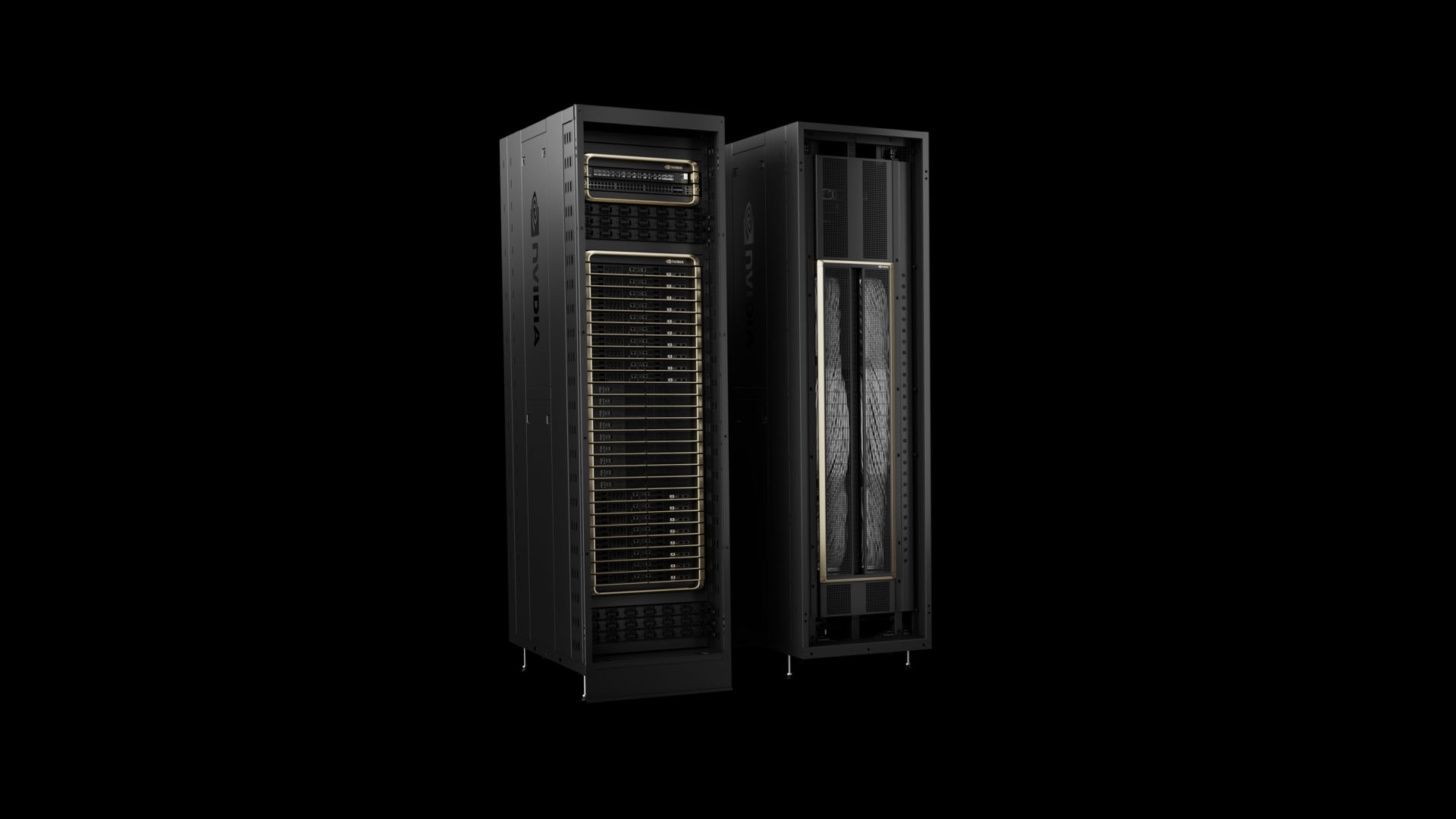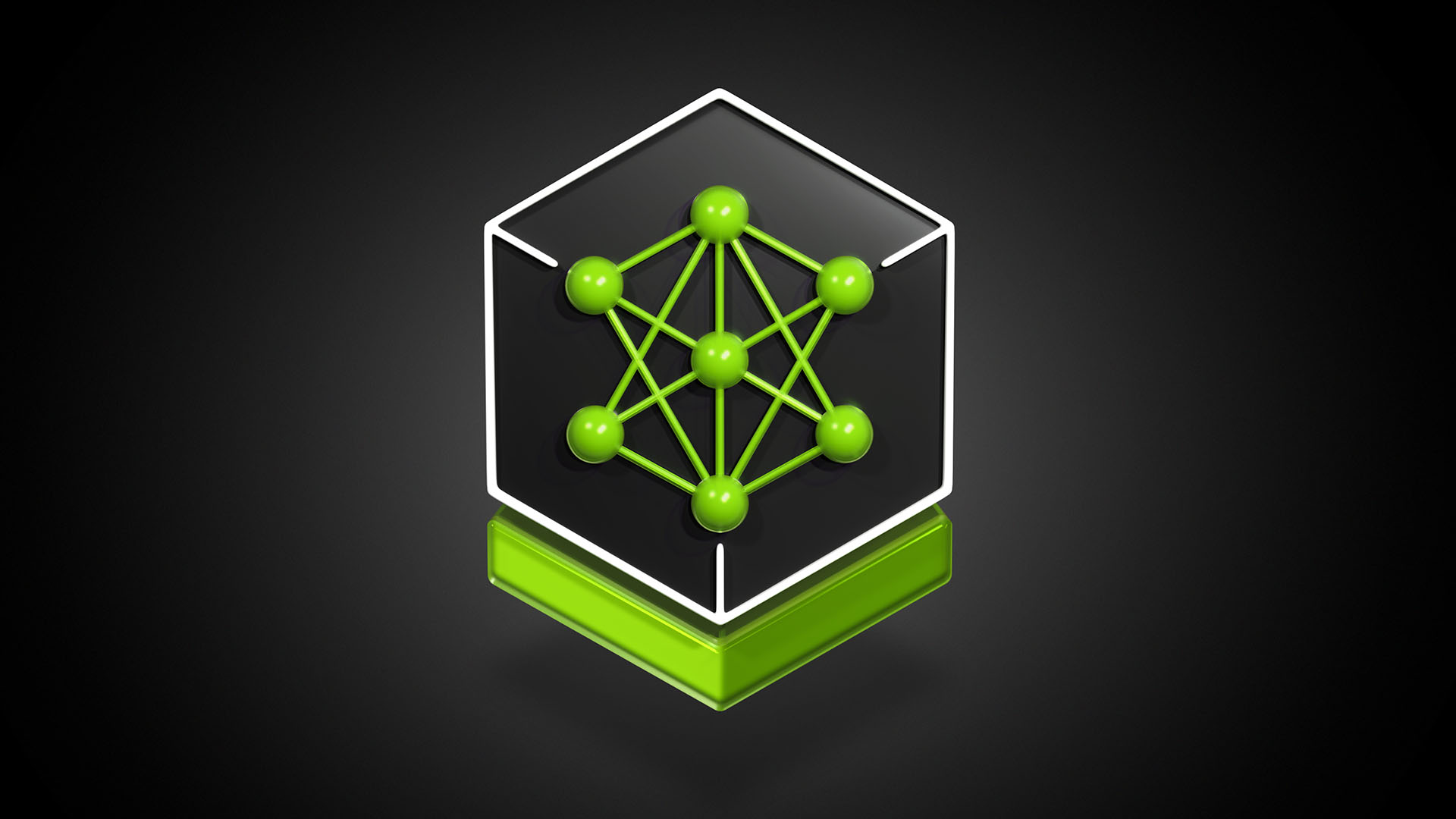Developer Resources for the Public Sector
A hub of news, SDKs, technical resources, and more for developers working in the public sector.
Frameworks and SDKs
NVIDIA NeMo
NVIDIA NeMo? is an end-to-end platform for developing custom generative AI—including large language models (LLMs), multimodal, vision, and speech AI—anywhere.
Learn More About NeMo
NVIDIA Morpheus
NVIDIA Morpheus is a GPU-accelerated, end-to-end AI framework that enables developers to create optimized applications for filtering, processing, and classifying large volumes of streaming cybersecurity data.
Learn More About Morpheus
NVIDIA Omniverse
NVIDIA Omniverse? is a modular development platform of APIs and microservices for building 3D applications and services powered by Universal Scene Description (OpenUSD) and NVIDIA RTX?.
Learn More About Omniverse
NVIDIA Holoscan
NVIDIA? Holoscan is a domain-agnostic AI computing platform that delivers the accelerated, full-stack infrastructure required for scalable, software-defined, and real-time processing of streaming data running at the edge or in the cloud.
Learn More About Holoscan
NVIDIA Isaac Sim
NVIDIA Isaac Sim? is a reference application enabling developers to design, simulate, test, and train AI-based robots and autonomous machines in a physically based virtual environment.
Learn More About Isaac Sim
NVIDIA Metropolis
NVIDIA Metropolis is an advanced collection of developer workflows and tools to build, deploy, and scale vision AI and generative AI from the edge to the cloud.
Learn More About Metropolis
NVIDIA RAPIDS
NVIDIA RAPIDS? is an open-source suite of GPU-accelerated data science and AI libraries with APIs that match the most popular open-source data tools.
Learn More About RAPIDS
MatX
MatX is a modern C++ library for numerical computing on NVIDIA GPUs and limited support for CPUs.
Learn More About MatX
Application-Specific Resources
Retrieval-Augmented Generation: A New Frontier in Governmental Efficiency
Learn the basics of RAG and how its different use cases can help federal agencies achieve a new standard of efficiency.
Watch Video (49:37)
Deploying LLMs in a Resource-Constrained Environment
Government-sponsored projects often come with restrictions. Learn how to effectively deploy LLMs in a resource-constrained environment for government applications.
Watch Video (26:45)
Beyond RAG Basics: Building Agents, Co-Pilots, Assistants, and More
Discover how building LLM-powered agents requires using various tools, extracting information from multiple data sources, working with different modalities, and more.
Watch Video (01:20:07)
Retrieval-Augmented Generation: Overview of Design Systems, Data, and Customization
Explore the potential of RAG as well as the design of end-to-end RAG systems, including data preparation and retriever and generator models.
Watch Video (56:55)
Power Your AI Projects With New NVIDIA NIM Microservices for Mistral and Mixtral Models
With NVIDIA NIM?, shorten the time it takes to build AI applications for production deployments, enhance AI inference efficiency, and reduce operational costs.
Read Blog
Translate Your Enterprise Data Into Actionable Insights With NVIDIA NeMo Retriever
NeMo Retriever is a collection of microservices enabling semantic search of enterprise data to deliver highly accurate responses using retrieval augmentation. Learn how to talk to your data and make faster, smarter decisions.
Read Blog
Building Lifelike Digital Avatars With NVIDIA ACE Microservices
Discover how to bring digital avatars to life with generative AI and take four state-of-the-art AI models and implement them into an end-to-end digital avatar solution.
Read Blog
How to Apply Generative AI to Improve Cybersecurity
Dive into the latest innovations and technologies that will help you develop and deploy high-performance AI pipelines that can scale to provide complete visibility across your network and better, faster threat detection.
Watch Video (49:18)
Accelerating Security Vulnerability Management With Generative AI and RAG
Gain hands-on, instructor-led experience in using large language models, generative AI, RAG, and machine learning techniques to rapidly identify and mitigate security vulnerabilities.
Watch Video (03:31:28)
How to Build an Application for Generative AI-Based Spear Phishing Detection
Learn how to build an AI workflow that helps address data gaps by using LLMs and generative AI to enrich spear-phishing detection models.
Watch Video (01:08:23)
Digital Fingerprinting to Detect Cyber Threats DLI Course
Get hands-on experience developing and deploying the NVIDIA fingerprinting AI workflow that enables 100% data visibility and drastically reduces the time to detect threats.
Enroll Now
Applying Generative AI for CVE Analysis at an Enterprise Scale
Learn how leveraging AI agents and retrieval-augmented generation add intelligence to common vulnerabilities and exposures (CVE) analysis.
Read Blog
Best Practices for Securing LLM-Enabled Applications
Learn about the common risks associated with LLMs and best practices for ensuring your LLM-enabled applications are secure.
Read Blog
Enhancing Anomaly Detection in Linux Audit Logs With AI
Discover how to use NVIDIA Morpheus cybersecurity AI framework to detect anomalies in Linux audit logs using generative AI and accelerated computing.
Read Blog
Robotics in the Age of Generative AI
Explore the implications for the future of collaborative robotics and human-centered AI and how generative AI is the key to understanding physical interaction.
Watch Video (50:18)
Human-Level Performance With Autonomous Vision-Based Drones
See how autonomous vision-based drones can achieve unprecedented speed and robustness by relying solely on onboard computing.
Watch Video (42:45)
Elevate Your Robotics Game: Unleash High Performance With Isaac ROS & Isaac SIM
Learn about the NVIDIA Isaac? Robot Operating System with a hands-on tutorial showing how to use the Isaac ROS dev container and how to run Isaac ROS perception packages on NVIDIA? Jetson?.
Watch Video (01:35:30)
Bringing Generative AI and Vision AI to Production at the Edge With Metropolis Microservices for Jetson
Explore the latest NVIDIA Metropolis microservices for Jetson and how to bring powerful generative AI and vision AI applications to production.
Watch Video (47:10)
Closing the Sim-to-Real Gap: Training Spot Quadruped Locomotion With NVIDIA Isaac Lab
Discover how ?to seamlessly deploy quadrupeds from the virtual to the real world with NVIDIA Isaac Lab.
Read Blog
Supercharge Robotics Workflows With AI and Simulation Using NVIDIA Isaac Sim 4.0 and NVIDIA Isaac Lab
In this blog, we show how the latest release of Isaac Sim 4.0 brings powerful new features and AI enhancements to robotics simulation.
Read Blog
Step Into the Future of Industrial-Grade Edge AI With NVIDIA Jetson AGX Orin Industrial
Explore how to deploy AI and compute for sensor fusion in these complex environments with the NVIDIA Jetson edge AI and robotics platform.
Read Blog
Transforming 2D Imagery Into 3D Geospatial Tiles With Neural Radiance Fields
Traditional workflows for transforming images into a 3D scene tend to be slow and cumbersome. Explore how neural radiance fields simplify creating 3D content from overlapping 2D images.
Watch Video (49:00)
Addressing AV Deployment Policy Issues and Introducing a New Digital Proving Ground
Deploying autonomous vehicles requires the adoption of robust and effective policies. Find out how a new digital proving ground will play a pivotal role in shaping the future of transportation.
Watch Video (50:16)
Enhancing Digital Twins With AI for Wildland Fire Management
See how Lockheed Martin has demonstrated how to reconstruct actual wildland fire incidents in a 3D space by employing Omniverse Kit, Nucleus, and Universal Scene Description.
Watch Video (39:19)
Ray-Tracing RF-Propagation Digital Twin Solution for 6G Applications Using NVIDIA Omniverse
See how a digital twin of a radio environment offers seamless progression from ray-tracing simulation to real lab-based emulation.
Watch Video (49:18)
How to Use 3D Geospatial Data for Immersive Environments With Cesium
Discover how to process 3D geospatial data to enhance the realism, accuracy, and effectiveness of simulations across various domains.
Read Blog
How to Train an Object Detection Model for Visual Inspection With Synthetic Data
Learn how to harness synthetic data for training models on diverse, randomized data that closely resemble real-world scenarios and address dataset gaps.
Read Blog
Transferring Industrial Robot Assembly Tasks From Simulation to Reality
Find out how to use reinforcement learning for challenging robotic assembly tasks and seamlessly transfer tasks from simulation to reality.
Read Blog
A Hacker's Guide to Using GenAI and Software-Defined Radio for RF Spectrum Exploration
Learn how to use generative AI in conjunction with sensor processing applications and software-defined radio to listen to and record radio frequency signals.
Watch Video (46:53)
NVIDIA Holoscan, the AI Sensor Processing Platform, From Surgery to Satellites
Learn how Holoscan enables developers to build AI-enabled sensor processing pipelines with speedy data movement, accelerated compute, real-time visualization, and super low-latency AI inferencing.
Watch Video (23:10)
Transforming 2D Imagery Into 3D Geospatial Tiles With Neural Radiance Fields
Traditional workflows for transforming images into a 3D scene tend to be slow and cumbersome. Explore how neural radiance fields simplify creating 3D content from overlapping 2D images.
Watch Video (49:00)
Out of the Lab and Into the Field: A Model for Modern RF Systems
Learn how accelerated compute and networking hardware enables experimental research software to be accelerated for mission-critical applications, running on commercial off-the-shelf hardware in deployed radar systems.
Watch Video (51:07)
A New Era of Sensor Processing
New system architectures are needed to keep up with the growing number of high-bandwidth, low-latency processing requirements. Learn about the future of sensor processing architectures.
Watch Video (47:06)
Performant Object Recognition Model Trained With On-Demand Synthetic Data
Explore how real-world performance of a model trained from synthetic data can be reliable and performant and how to ensure viable data is generated to create a useful training set.
Watch Video (46:20)
Disaster Risk Monitoring Using Satellite Imagery
Learn how to build and deploy a deep learning model to automate the detection of flood events using satellite imagery. ?
Enroll Now
NVIDIA Deep Learning Institute
The NVIDIA Deep Learning Institute (DLI) offers hands-on training in AI and accelerated computing to solve real-world problems. Training is available as self-paced, online courses or instructor-led workshops.

Generative AI With Diffusion Models
Take a deeper dive on denoising diffusion models, which are a popular choice for text-to-image pipelines, disrupting several industries.
Enroll NowEasily Develop Advanced 3D Layout Tools on NVIDIA Omniverse
Get hands-on experience with NVIDIA Omniverse—the platform for connecting and creating physically accurate, 3D virtual worlds. Learn how to build your own custom scene layout in Omniverse with hands-on exercises in Omniverse Code and Python.
Enroll NowBuilding AI-Based Cybersecurity Pipelines
Learn how to build Morpheus pipelines to process and perform AI-based inference on massive amounts of data for cybersecurity use cases in real time.
Enroll NowFundamentals of Accelerated Data Science
Learn how to build and execute end-to-end GPU-accelerated data science workflows that enable you to quickly explore, iterate, and get your work into production.
Enroll NowPrograms For You

Developer Resources
The NVIDIA Developer Program provides the advanced tools and training needed to successfully build applications on all NVIDIA technology platforms. This includes access to hundreds of SDKs, a network of like-minded developers through our community forums, and more.

Accelerate Your Startup
NVIDIA Inception—an acceleration platform for AI, data science, and HPC startups—supports over 7,000 startups worldwide with go-to-market support, expertise, and technology. Startups get access to training through the DLI, preferred pricing on hardware, and invitations to exclusive networking events.
NVIDIA News for the Public Sector

NVIDIA GB200 NVL72 Delivers Trillion-Parameter LLM Training and Real-Time Inference
Fueled by the new NVIDIA Blackwell architecture, the groundbreaking NVIDIA GB200 NVL72 arrives to power a new era of computing and generative AI with unparalleled performance, efficiency, and scale.

NVIDIA NIM Offers Optimized Inference Microservices for Deploying AI Models at Scale
Unlock the full potential of your generative AI models with NVIDIA NIM. Transform the way you deploy these models across diverse platforms, including cloud, data center, and workstation.